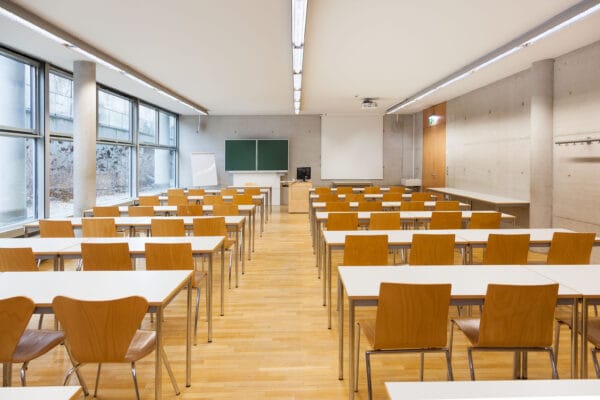
NAME:
SOWI - UR 3
BUILDING:
SOWI
FLOOR:
-1
TYPE:
Seminar Room
CAPACITY:
70
ACCESS:
Only Participants
EQUIPMENT:
Beamer, PC, WLAN (Eduroam), Overhead, Flipchart, Blackboard, Handicapped Accessible, LAN
We focus on the interconnections among the indigenous festival “1st of August”, indigenous communities’ sociopolitical dynamics, a potential ecological crisis, and tourism development in Laguna Blanca, a highland village in the Province of Catamarca, Northwestern Andean Argentina. We present an ethnographic description of the ritual offering to Pachamama (Mother Earth), called corpachada, which since the early 2000s evolved from a private ritual into the indigenous festival “1st of August”, including the public presentation of different rituals, speeches and ludic activities, attracting national and some international tourism.
The festival indeed played a crucial role in the definition of the indigenous communities, which between 2006 and 2024 have been recognised legally by the Argentinian state. We are interested in tracing and building connections between the and the current political, social, and ecological transformations of the area, especially those associated with the new mining projects and the conflicts and fragmentation that these plans have produced among and within the local communities and families. Indeed, during the festival, some indigenous leaders encountered and contested the mainstream “mining discourse” of the Province of Catamarca in subtle ways and intended to establish a discourse of sustainable tourism to prevent future ecological depletion. Contrary to these discourses and practices, outside the festival arena, some indigenous leaders, not attending the festival, started to embrace the mining project, and, consequently, formerly united resistance to mining fragmented, and indigenous communities split up in the last six years.
Drawing on the methodologies of sociocultural anthropology and geography, we propose “mapping” the spatial and temporal dynamics of the festival to understand how sociocultural change in the communities of the Biosphere Reserve Laguna is interconnected with the processes of “politicisation,” “festivalisation,” and “touristification” of the mentioned corpachada ritual. In addition, we argue that the ritual can be seen as an opening “cosmopolitical” arena in which new possible strategies of alliance among indigenous communities, researchers, and even tourists can be experimented with.
